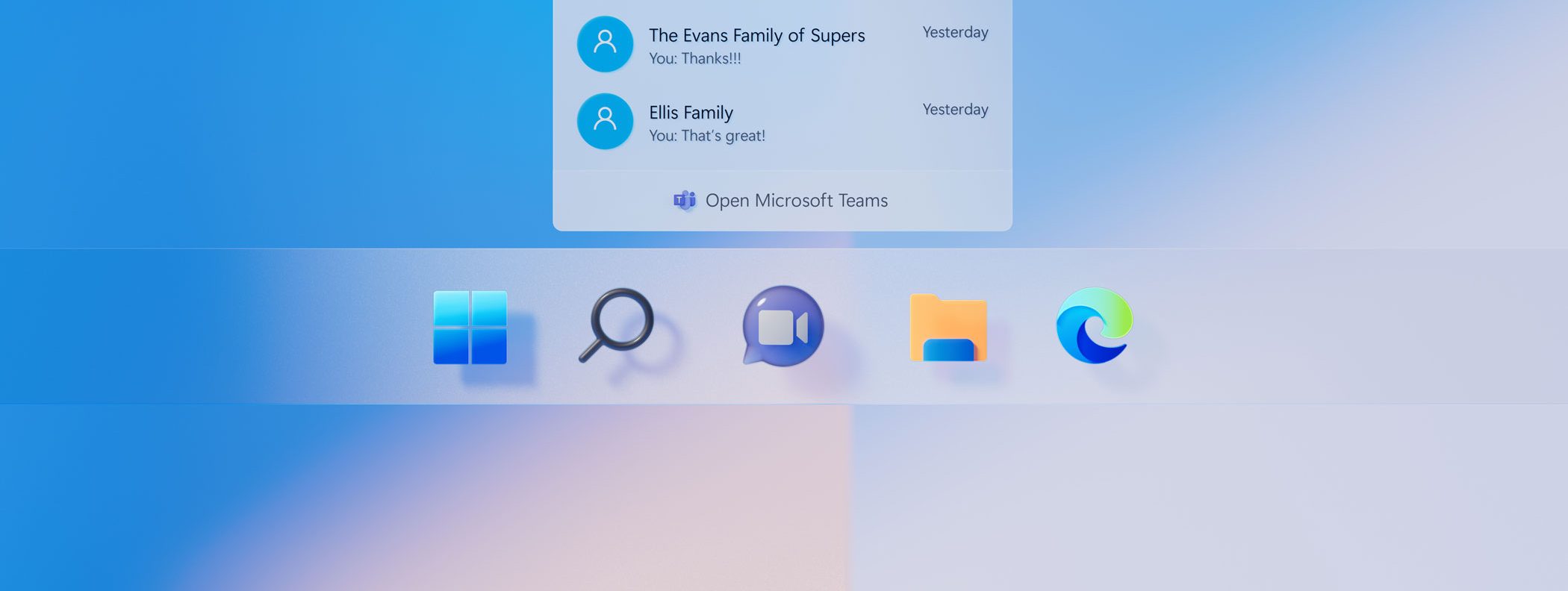We love a good list: 6 action items before you move to Windows 11:
It's time to get ready for Microsoft's latest OS

Since Windows 11 was announced back in June 2021, Microsoft’s new operating system (OS) has generated a lot of attention. For many, the pivot was surprising. The OEM had indicated Windows 10 would be the last version of Windows back at Microsoft Ignite 2015.
For others, though, it was clear that Microsoft had no choice but to improve upon the security of their OS to combat sophisticated malware, ransomware, and other vulnerabilities. The demanding hardware requirements provoked instant debate, particularly the need for a Trusted Platform Module 2.0 chip. Organizations that purchased low-cost devices in 2020 to support a suddenly remote workforce realized their hardware may have had an older TPM chip – or none at all.
Advanced security features are just one reason SHI recommends this OS upgrade. If you haven’t already considered your phased approach to Windows 11, the time has come.
What you must start thinking about now to prepare for Windows 11
1. Examine your hardware fleet
IT device managers can’t afford to ignore the changes to hardware purchasing, upgrades, and maintenance brought about by the Windows 11 launch. Now is the time to examine your current device fleet and consider the following questions:
- Will your existing computers support the upgrade to Windows 11?
- How will you navigate required (and recommended) hardware minimums?
- What types of training will your IT staff and end users require?
2. Set your budget priorities
Once you’re ready to make the move to Windows 11, you’ll need to work it into your IT budget. Consider how the arrival of an entirely new Windows version will impact hardware maintenance and acquisition plans – and how you’ll pay for it all.
It’s never too early to prepare for Windows 11, or to figure out how it will influence your hardware, software, and training spend.
3. Check your software licensing
You’ll need to know if your software licensing is current. Ideally, this should be a regular IT activity, but all too often it’s not. And while this gap is a problem at any time, it’s especially challenging when a major operating system update looms. Licensing must be addressed before major platform decisions and migrations are made.
On the plus side, it’s a prime opportunity to identify the unnecessary spending that often crops up over time when you’re so busy running the shop that you don’t forensically dig down into your licensing – and end up buying way more than you need. This is a unique chance to drive budget efficiency and ensure maximum visibility into license compliance efforts. It also opens a window for IT to partner with the business side of the house to better understand forecasting and strategy.
4. Consider your collaboration platform
Microsoft Teams is tightly baked into every aspect of Windows 11. Whether you’ve standardized on Teams or another collaboration platform, this decision has significant implications. Internet Explorer stands out as a generational example of how influential the apps that are bundled with Windows can be.
With hybrid work now a permanent part of the work landscape, your IT team must consider the ramifications of Windows 11’s Teams integration.
5. Explore virtual desktop infrastructure
The Windows 11 launch featured a notable exception to the significant hardware requirements for virtualized instances. This means organizations running Windows on a virtual desktop using VDI technology or via DaaS can install or upgrade to Windows 11, even on older devices.
As workforces become more remote, many organizations are already making the shift to VDI as a way to extend computer hardware life.
6. Adopt a hybrid test environment
If you’re not already doing so, you should start testing Windows 11 while still on Windows 10. Check your Group Policy and Mobile Device Management (MDM) policies, applications, and third-party single sign-on (SSO) solutions to ensure there won’t be issues when you migrate. Now more than ever, app testing is critical since there will no longer be a 32-bit version of Windows. If your organization has legacy apps, now is the time to determine how to retire those apps or find an alternative way to leverage them, such as VMware Workspace ONE.
You don’t want to leave this upgrade until the last minute. The key to any successful transition is planning ahead. Making data-informed decisions will help you focus on the right business priorities and generate your desired outcomes.
Our experts are here to help you plan, purchase, deploy, train, and manage your way through this significant update. Contact us today for guidance and support as your organization transitions to Windows 11.





